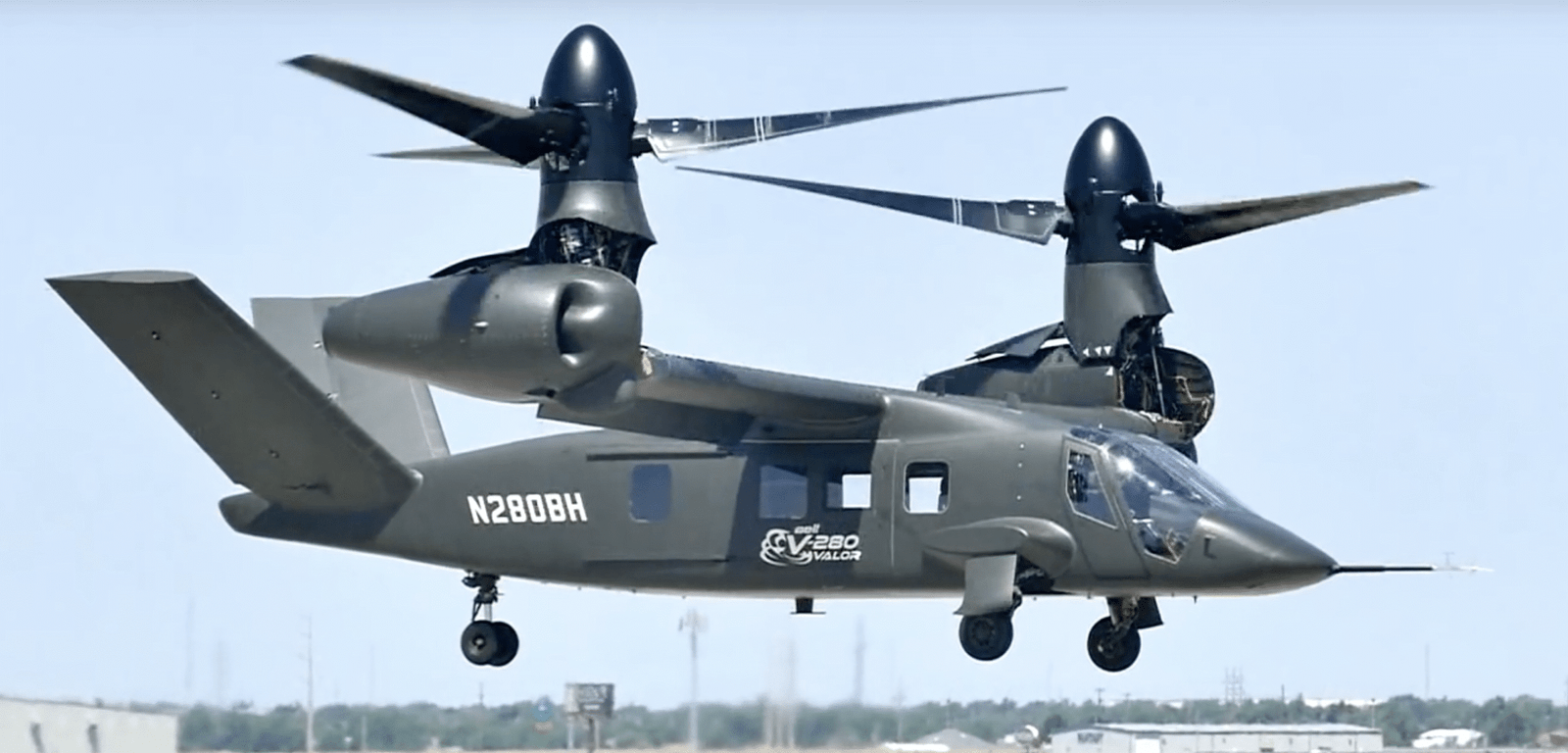
The United States Army is about to undergo a significant shift in its way of thinking about vertical lift with Bell Textron’s V-280 Valor coming in as the focal point of the Future Long Range Assault Aircraft (FLRAA) program. Having been dependent on the reliable UH-60 Black Hawk for so many years, Army aviation is set to take a giant step forward—one that will offer more than merely a new helicopter but an entirely new approach to speed, range, and troop projection distance.

The FLRAA program is the Army’s answer to an expanding need for quick, distance-run air assault and utility missions in an increasingly congested and contested environment. Bell Textron was awarded the contract in December 2022, which has a potential value of up to $7 billion if all options are exercised. The first phase, at $232 million over 19 months, is for design and virtual prototypes, physical ones due soon after. The Army’s accelerated schedule of four years indicates the level of urgency to modernize, acknowledging that though the Black Hawk has performed admirably for decades, today it no longer satisfies tomorrow’s battlespace requirements.

At the center of this program is the V-280 Valor, a tiltrotor aircraft that takes advantage of the helicopter’s ability to take off and land vertically while carrying the speed and range of a fixed-wing aircraft. The Valor is powered by two Rolls-Royce AE 1107F engines and cruises at 280 knots with a top speed of 305 knots—more than 100 miles per hour faster than the Black Hawk. Its ferry capacity is at 2,100 nautical miles, with a mission range of 800 nautical miles, twice that of the Black Hawk. The V-280 is capable of carrying 25% additional cargo or 23% more troops, and its design accommodates rapid troop extractions and insertions, including fast-roping with hover. Even with the broader tiltrotor, it’s 20% shorter than the Black Hawk, which enables it to land in tighter areas.

These are not marginal improvements on paper—they revolutionize how Army aviation is able to operate. With the V-280, commanders are working on once-unimaginable missions, such as deploying an entire Brigade Combat Team more than 500 miles at night. The higher speed and distance enable air assault from further afield, shortening the enemy response time and providing commanders with greater flexibility for decentralized operations.

This change requires pilots to transition from the slow, low-altitude helicopter methods they have accustomed themselves to using to higher-speed, higher-altitude flight, usually under instrument flight rules. The Army is engaging with Marine Corps pilots, who have years of experience flying tiltrotor aircraft such as the V-22 Osprey, to create new training systems and concepts for operating that best leverage this technology.

But FLRAA isn’t solely about the airplanes—it’s about building an end-to-end digital, modular environment in which this ecosystem can adapt to evolving threats and technologies. Bell is working in partnership with industry leaders like Safran Landing Systems to create integrated landing gear and GE Aerospace, which is constructing the digital spine of the aircraft.

The system supports speedier upgrades and accommodates a Modular Open Systems Approach (MOSA), which means that new sensors, weapons, and autonomous capabilities can be quickly added. This flexibility is intended to make the V-280 contemporary for decades to come, reducing costs in the long run and enabling a fast response to evolving operational requirements.

Drawing from the operational experience of the V-22 Osprey, Bell and the Army have deliberately made design decisions to circumvent past problems. In contrast to the V-22, where the engines and gearboxes are both tilted, the V-280 has fixed engines and tilts only the props and gearbox. This makes it easier to transition between vertical and forward flight.

It has a V-tail and a more traditional clutch system for increased reliability and simpler maintenance. These advancements represent a considered attempt to retain the tiltrotor’s benefits while minimizing mechanical complexity and system failures.

The reach of FLRAA extends beyond the Army. Other services and allies are paying close attention. The Navy, for example, is investigating how tiltrotor technology and modular design might help advance distributed maritime operations and manned-unmanned teaming. The V-280’s open, flexible architecture makes it a desirable option for many missions and platforms. Attention from allies, such as Australia, is already on the horizon.

In the end, the FLRAA program is not just about a new aircraft—it’s a signal of a change in the way the Army, and maybe the entire joint force, think about vertical lift, operational responsiveness, and technology. The V-280 Valor isn’t merely replacing the Black Hawk; it’s revolutionizing what Army aviation can do in the decades to come.
